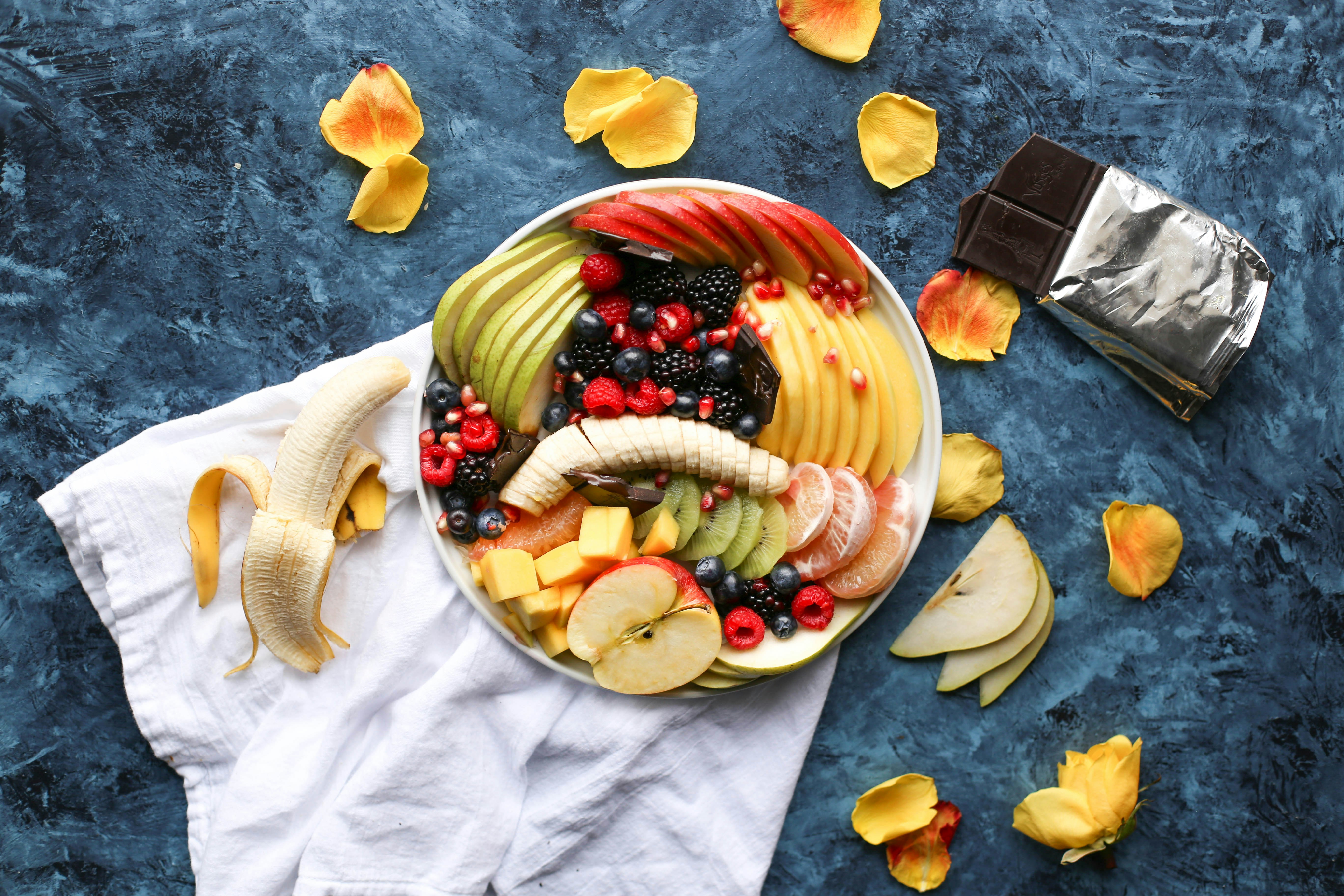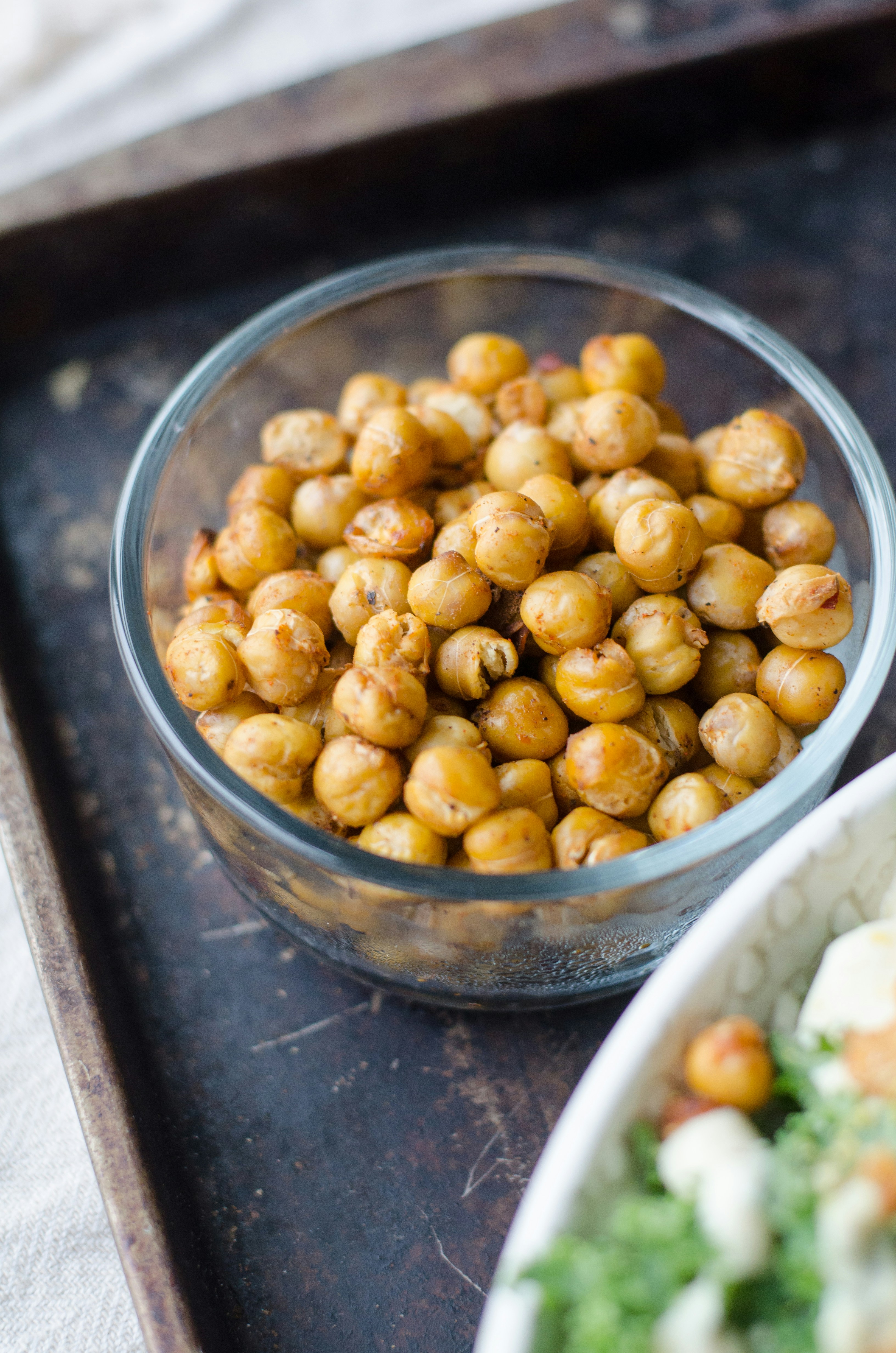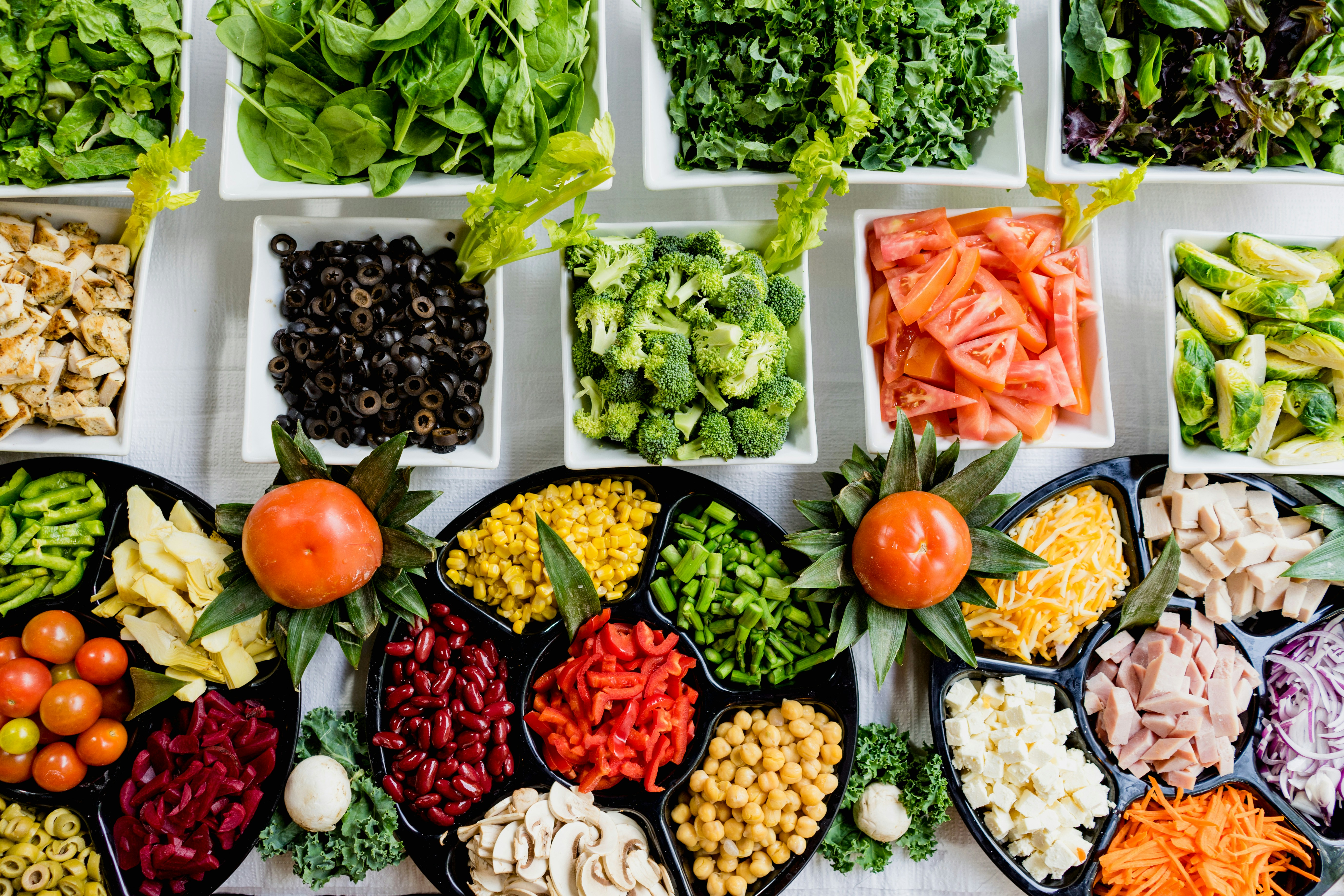Understanding Superfoods: Science-Backed Benefits and How to Include Them in Your Diet
The term "superfood" has become ubiquitous in health and nutrition circles, often accompanied by claims of extraordinary health benefits. But what exactly makes a food "super," and do these foods truly live up to their reputation? This comprehensive guide examines the science behind popular superfoods, separating fact from marketing hype, and provides practical ways to incorporate these nutrient powerhouses into your daily diet.
What Makes a Food "Super"?

While there's no standardized scientific definition of "superfood," the term generally refers to foods with high nutrient density—those that provide substantial amounts of vitamins, minerals, antioxidants, and other beneficial compounds relative to their calorie content. Dr. Marion Nestle, Professor Emerita of Nutrition at New York University, explains: "Superfoods are essentially whole foods with exceptionally high concentrations of nutrients that may confer health benefits beyond basic nutrition."
The key characteristics that qualify foods as "super" include:
- Rich in antioxidants: Compounds that help neutralize harmful free radicals in the body
- High in essential nutrients: Vitamins, minerals, and other compounds necessary for optimal health
- Contains bioactive compounds: Natural substances that have a biological effect in the body, such as polyphenols, flavonoids, and carotenoids
- Anti-inflammatory properties: Ability to reduce inflammation, a common factor in many chronic diseases
- Supports gut health: Provides prebiotics, probiotics, or other compounds that benefit the gut microbiome
A 2024 review published in the Journal of Nutritional Science emphasized that while individual superfoods can provide significant health benefits, it's the overall dietary pattern—incorporating a variety of nutrient-dense foods—that has the greatest impact on health outcomes.
Science-Backed Superfoods and Their Benefits
Let's examine some of the most well-researched superfoods and the evidence supporting their health benefits:
Berries: Nature's Antioxidant Powerhouses

Berries—including blueberries, strawberries, raspberries, and blackberries—consistently rank among the highest antioxidant-containing foods. Their deep colors come from anthocyanins, powerful antioxidants that give berries their distinctive hues and health benefits.
Research highlights:
- A 2025 study in the American Journal of Clinical Nutrition found that consuming two servings of berries daily for 8 weeks improved endothelial function (a measure of cardiovascular health) by 20% in adults with metabolic syndrome.
- Research from Tufts University demonstrated that blueberries may slow cognitive decline. Their 2024 study showed that older adults who consumed the equivalent of 1 cup of blueberries daily for 12 weeks performed better on memory tests than those who didn't.
- A meta-analysis published in Nutrients (2023) found that regular berry consumption was associated with reduced inflammation markers, particularly C-reactive protein.
How to include them:
- Add fresh or frozen berries to morning oatmeal or yogurt
- Blend into smoothies
- Use as a natural sweetener in salads
- Enjoy as a simple snack
- Make a berry compote for pancakes or desserts
Leafy Greens: Nutrient-Dense Foundations
Dark leafy greens like kale, spinach, Swiss chard, and collard greens are nutritional powerhouses, packed with vitamins A, C, and K, folate, potassium, magnesium, calcium, iron, and fiber.
Research highlights:
- The landmark MIND diet study (2024) found that participants who consumed at least one serving of leafy greens daily had cognitive abilities equivalent to people 11 years younger.
- Research published in the Journal of the American Heart Association showed that higher intake of leafy greens was associated with a 16% lower risk of heart disease.
- A 2025 study in the British Journal of Nutrition found that the lutein and zeaxanthin in leafy greens significantly reduced the risk of age-related macular degeneration, a leading cause of vision loss.
How to include them:
- Use as a base for salads
- Add to smoothies (spinach has a mild flavor that blends well)
- Sauté as a side dish with garlic and olive oil
- Add to soups, stews, and pasta dishes
- Use large leaves as wraps instead of tortillas
Fatty Fish: Omega-3 Superstars

Fatty fish like salmon, mackerel, sardines, and trout are exceptional sources of omega-3 fatty acids, particularly EPA and DHA, which are crucial for brain health, cardiovascular function, and reducing inflammation.
Research highlights:
- A comprehensive 2024 meta-analysis in JAMA Cardiology found that consuming fatty fish twice weekly was associated with a 17% reduction in fatal heart attacks.
- Research from Harvard University showed that regular consumption of omega-3-rich fish was linked to lower levels of beta-amyloid protein, a marker of Alzheimer's disease.
- A 2025 study in the Journal of Clinical Endocrinology & Metabolism demonstrated that DHA and EPA from fatty fish improved insulin sensitivity in people with type 2 diabetes.
How to include them:
- Grill, bake, or broil fish for a main dish 2-3 times weekly
- Add canned sardines or salmon to salads
- Make fish tacos with grilled salmon or mackerel
- Prepare a traditional Nicoise salad with tuna
- Use anchovies as a flavor-enhancer in sauces and dressings
Nuts and Seeds: Nutrient-Dense Powerhouses
Nuts and seeds provide healthy fats, protein, fiber, vitamins, minerals, and antioxidants in a convenient, shelf-stable package. Each variety offers a unique nutritional profile.
Research highlights:
- The PREDIMED study, one of the largest nutrition trials ever conducted, found that participants who consumed nuts at least three times per week had a 39% lower mortality risk.
- A 2024 analysis in the British Medical Journal showed that daily consumption of a handful of mixed nuts reduced LDL ("bad") cholesterol by an average of 7%.
- Research from Loma Linda University found that walnuts, specifically, improved brain function in older adults due to their high concentration of alpha-linolenic acid (ALA).
- A 2025 study in Nutrition Research demonstrated that chia seeds improved post-meal blood sugar levels in people with prediabetes.
How to include them:
- Enjoy a small handful (about 1 ounce) as a daily snack
- Add to oatmeal, yogurt, or salads for crunch
- Use ground flaxseeds or chia seeds in smoothies
- Make homemade trail mix with nuts, seeds, and a small amount of dried fruit
- Use nut butters as spreads or in sauces
- Sprinkle hemp seeds on soups or salads
Legumes: Protein-Packed Nutritional Gems

Beans, lentils, chickpeas, and other legumes are exceptional sources of plant protein, fiber, complex carbohydrates, and numerous vitamins and minerals. They're also economical and environmentally sustainable.
Research highlights:
- A 2024 meta-analysis in the American Journal of Clinical Nutrition found that consuming legumes four or more times weekly was associated with a 14% lower risk of cardiovascular disease.
- Research published in JAMA Internal Medicine showed that replacing some animal proteins with legumes improved multiple markers of kidney function in people with early-stage kidney disease.
- A 2025 study in Diabetes Care demonstrated that incorporating 1 cup of legumes daily into a low-glycemic diet improved glycemic control and reduced insulin requirements in people with type 2 diabetes.
How to include them:
- Add beans or lentils to soups, stews, and salads
- Make homemade hummus with chickpeas
- Try bean-based pasta for extra protein and fiber
- Use lentils as a base for veggie burgers
- Roast chickpeas for a crunchy snack
- Prepare traditional dishes like dal (lentil curry) or chili
Fermented Foods: Gut Health Champions
Fermented foods like yogurt, kefir, sauerkraut, kimchi, and kombucha contain probiotics—beneficial bacteria that support gut health, which is increasingly recognized as fundamental to overall wellness.
Research highlights:
- A groundbreaking 2024 study from Stanford University found that a diet high in fermented foods increased microbiome diversity and reduced markers of inflammation more effectively than a high-fiber diet.
- Research in the Journal of Psychiatric Research demonstrated associations between regular consumption of fermented foods and reduced anxiety symptoms, highlighting the gut-brain connection.
- A 2025 clinical trial published in Cell showed that participants who consumed fermented foods daily for 10 weeks had improved immune responses to seasonal vaccines.
How to include them:
- Enjoy plain yogurt with fresh fruit and a drizzle of honey
- Use kefir as a base for smoothies
- Add small amounts of sauerkraut or kimchi to sandwiches, salads, or grain bowls
- Use miso paste in soups and dressings
- Try tempeh as a meat alternative in stir-fries
- Drink small amounts of kombucha as an alternative to sugary beverages
Cruciferous Vegetables: Cancer-Fighting Vegetables

Broccoli, cauliflower, Brussels sprouts, cabbage, and other cruciferous vegetables contain sulforaphane and other compounds with potent anti-cancer properties.
Research highlights:
- A 2024 review in Cancer Prevention Research summarized evidence that sulforaphane from cruciferous vegetables can inhibit cancer development through multiple mechanisms, including reducing oxidative stress and inflammation.
- Research from Oregon State University found that sulforaphane may help maintain the integrity of the blood-brain barrier, potentially reducing neurological inflammation.
- A 2025 study in the European Journal of Nutrition showed that women who consumed cruciferous vegetables at least 5 times weekly had a 33% lower risk of breast cancer compared to those who ate them less than once weekly.
How to include them:
- Roast broccoli or cauliflower with olive oil and garlic
- Add shredded cabbage to salads and slaws
- Sauté Brussels sprouts with balsamic vinegar
- Use cauliflower rice as a lower-carb alternative to regular rice
- Add broccoli to stir-fries, pasta dishes, and casseroles
- Include arugula (also cruciferous) in salads and on sandwiches
Ancient Grains: Nutritional Heritage
Ancient grains like quinoa, amaranth, farro, and teff have been cultivated for thousands of years and offer more protein, fiber, and micronutrients than modern refined grains.
Research highlights:
- A 2024 study in the American Journal of Clinical Nutrition found that replacing refined grains with ancient grains improved lipid profiles and reduced inflammation markers in people with metabolic syndrome.
- Research published in Nutrients demonstrated that the unique fiber composition of ancient grains promoted the growth of beneficial gut bacteria more effectively than modern wheat.
- A 2025 clinical trial showed that participants who consumed quinoa daily for 6 weeks experienced significant improvements in blood pressure and insulin sensitivity compared to those consuming white rice.
How to include them:
- Use quinoa as a base for grain bowls or salads
- Try overnight oats made with steel-cut oats
- Cook farro as a hearty side dish
- Use teff flour in baking
- Add cooked amaranth to soups for added protein
- Prepare traditional dishes like tabbouleh with bulgur
Creating a Superfood-Rich Diet

While individual superfoods offer impressive benefits, the most powerful approach is incorporating a variety of these foods into a balanced dietary pattern. Here are strategies for creating a superfood-rich diet:
The Rainbow Principle
Aim to eat fruits and vegetables in a wide range of colors daily. Different colors indicate different phytonutrients and antioxidants:
- Red (tomatoes, watermelon, red peppers): Rich in lycopene
- Orange/Yellow (carrots, sweet potatoes, mangoes): High in beta-carotene
- Green (leafy greens, broccoli, avocados): Contain lutein, zeaxanthin, and folate
- Blue/Purple (berries, eggplant, purple cabbage): Rich in anthocyanins
- White/Brown (garlic, onions, mushrooms): Contain allicin and selenium
A 2025 study in the Journal of Nutrition found that participants who regularly consumed foods from all five color categories had significantly higher antioxidant capacity in their blood compared to those who limited their intake to fewer colors.
Superfood Meal Planning
Structure your meals to include multiple superfoods:
Breakfast Ideas:
- Greek yogurt topped with berries, walnuts, and a drizzle of honey
- Overnight oats with chia seeds, cinnamon, and sliced banana
- Spinach and mushroom omelet with a side of sliced avocado
- Smoothie bowl with kefir, mixed berries, spinach, and hemp seeds
Lunch Ideas:
- Quinoa bowl with roasted vegetables, chickpeas, and tahini dressing
- Lentil soup with a side salad of dark leafy greens
- Salmon salad with mixed greens, walnuts, and olive oil vinaigrette
- Collard green wraps filled with hummus, grated vegetables, and pumpkin seeds
Dinner Ideas:
- Baked salmon with roasted Brussels sprouts and sweet potato
- Black bean and vegetable stir-fry with brown rice
- Turkey and vegetable chili with a side of sauerkraut
- Mediterranean plate with grilled chicken, tabbouleh, hummus, and olives
Snack Ideas:
- Apple slices with almond butter
- Small handful of mixed nuts and seeds
- Roasted chickpeas
- Celery sticks with hummus
- Plain yogurt with berries
Superfood Swaps
Make simple substitutions to increase the nutritional value of everyday meals:
- Replace white rice with quinoa or brown rice
- Use leafy greens instead of iceberg lettuce in salads
- Swap regular potatoes for sweet potatoes
- Choose dark chocolate (70%+ cacao) instead of milk chocolate
- Use avocado or hummus instead of mayonnaise as a spread
- Replace sugary breakfast cereals with oatmeal topped with berries
- Choose fermented sourdough bread over white bread
Addressing Common Questions About Superfoods
Are Exotic Superfoods Worth the Cost?
While açaí, goji berries, and other exotic superfoods receive significant marketing attention, research from Cornell University's Food Science Department found that many common, affordable foods offer comparable nutritional benefits:
- Blueberries provide similar antioxidant benefits to açaí berries at a fraction of the cost
- Sardines offer omega-3 benefits comparable to more expensive fish
- Local seasonal berries often contain more nutrients than imported "superfruits" that have traveled long distances
Dr. Jeffrey Blumberg, Professor at the Friedman School of Nutrition Science and Policy at Tufts University, advises: "Don't be swayed by exotic marketing claims. Many of the most nutritious foods are common, affordable items available at any grocery store."
Can Superfoods Replace Medications?
While superfoods can significantly contribute to health and disease prevention, they should not be viewed as replacements for prescribed medications. A 2025 position paper from the Academy of Nutrition and Dietetics emphasized that nutrition should be considered complementary to medical treatment, not an alternative.
Always consult healthcare providers before making significant dietary changes, especially if you have existing health conditions or take medications that may interact with certain foods.
Are Superfood Supplements as Effective as Whole Foods?

Research consistently shows that whole foods provide greater benefits than isolated nutrients in supplement form. A comprehensive 2024 review in the Journal of the American College of Nutrition found that the synergistic effects of multiple compounds in whole foods produced health outcomes that couldn't be replicated with isolated nutrients.
Possible reasons include:
- Whole foods contain fiber that supports nutrient absorption and gut health
- The natural matrix of whole foods may enhance bioavailability
- Whole foods contain thousands of bioactive compounds, many of which haven't been identified or studied in isolation
- The interaction between compounds in whole foods may create synergistic effects
While supplements may be beneficial in specific circumstances (such as addressing diagnosed deficiencies), they should generally complement, not replace, whole foods.
Conclusion: Building a Sustainable Superfood Habit
The evidence is clear: incorporating a variety of nutrient-dense superfoods into your diet can significantly impact your health and wellbeing. Rather than focusing on individual "miracle foods," aim to build a dietary pattern rich in diverse plant foods, healthy proteins, and beneficial fats.
Remember these key principles:
- Variety is essential—different superfoods provide different beneficial compounds
- Local, seasonal foods often offer the highest nutrient content
- Affordable superfoods can be just as effective as exotic, expensive options
- Consistency matters more than perfection—small, sustainable changes add up over time
- Whole foods generally provide greater benefits than supplements
By gradually incorporating more superfoods into your daily meals and snacks, you can harness their evidence-based benefits for long-term health and vitality. As Hippocrates wisely advised centuries ago, "Let food be thy medicine"—a principle that modern nutritional science continues to validate.
References
- Journal of Nutritional Science. (2024). "Defining superfoods: Nutritional content and health effects."
- American Journal of Clinical Nutrition. (2025). "Berry consumption and endothelial function in metabolic syndrome."
- Nutrients. (2023). "Berry intake and inflammatory markers: A systematic review and meta-analysis."
- Journal of the American Heart Association. (2024). "Leafy green vegetable consumption and cardiovascular disease risk."
- British Journal of Nutrition. (2025). "Lutein, zeaxanthin and macular health outcomes."
- JAMA Cardiology. (2024). "Fish consumption and fatal coronary heart disease: A meta-analysis."
- Journal of Clinical Endocrinology & Metabolism. (2025). "Omega-3 fatty acids and insulin sensitivity in type 2 diabetes."
- British Medical Journal. (2024). "Nut consumption and blood lipid profiles."
- Nutrition Research. (2025). "Chia seed consumption and postprandial glycemia."
- American Journal of Clinical Nutrition. (2024). "Legume consumption and cardiovascular disease risk."
- Diabetes Care. (2025). "Legume intake and glycemic control in type 2 diabetes."
- Cell. (2025). "Fermented food consumption and immune response to vaccination."
- Cancer Prevention Research. (2024). "Sulforaphane and cancer prevention mechanisms."
- European Journal of Nutrition. (2025). "Cruciferous vegetable intake and breast cancer risk."
- Journal of Nutrition. (2025). "Dietary diversity and antioxidant capacity in healthy adults."
- Journal of the American College of Nutrition. (2024). "Whole foods versus supplements: Comparative health outcomes."



%20engaging%20in%20various%20exercises%20against%20a%20clean,%20light%20gradient%20background%20(light%20blue%20to%20w.webp)
0 Comments